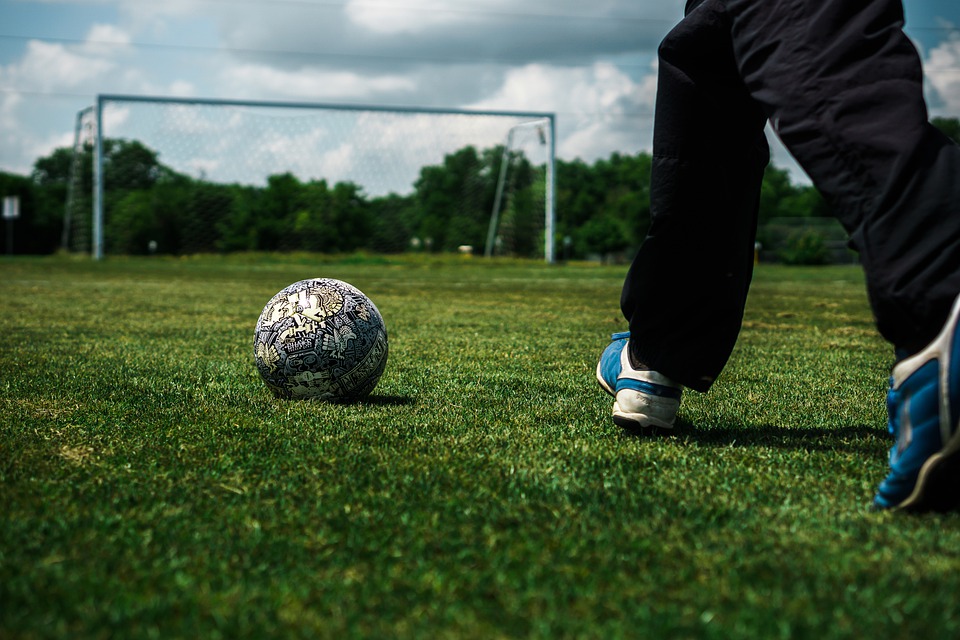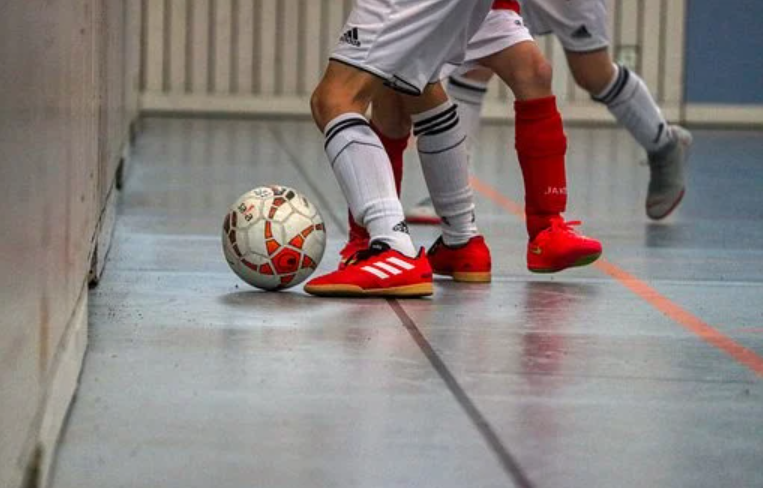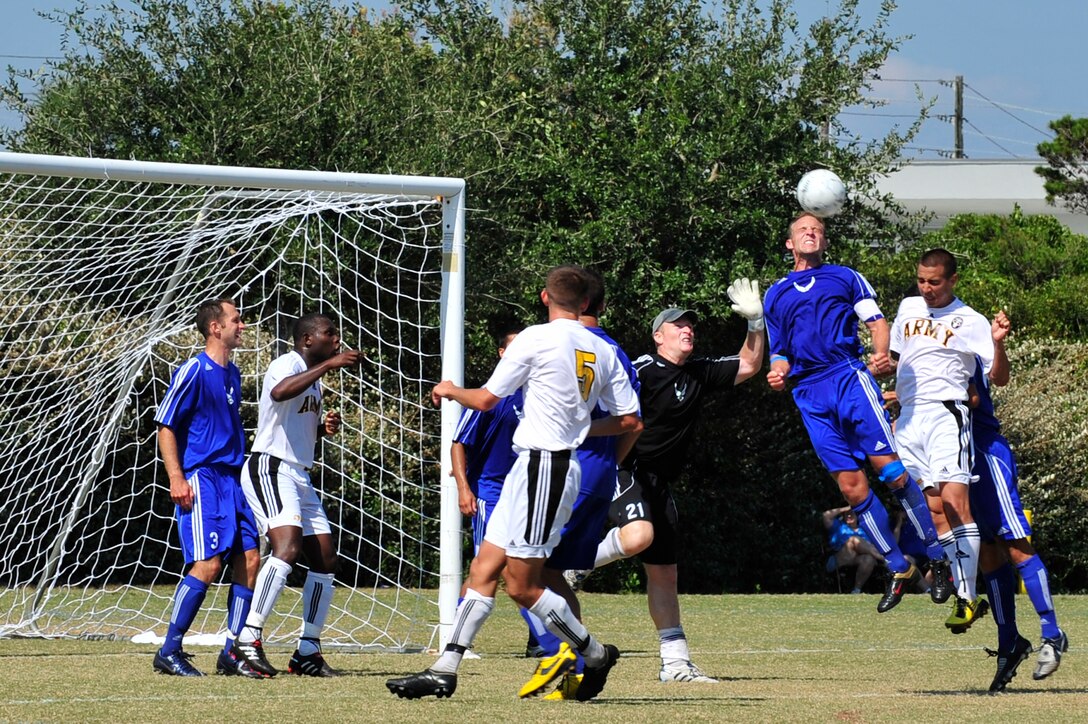The COVID-19 pandemic has totally upended nearly all aspects of our lives since the initial shutdowns in early 2019. Now as the year comes to a close, promising vaccines appear to be on their way soon, but an extremely difficult winter awaits in the meantime.
For many, sports have been a rare bright spot during these difficult times. The resumption of professional sports from the NBA and MLS to soccer all around the world have provided entertainment to millions. And with increased safety measures put into place, many youth and adult leagues alike have resumed play.
But one of the benefits of these sports was largely that they were being played outside where distancing is easier and virus transmission is less likely. But as cold weather approaches, many sports, soccer included, move indoors. Is indoor soccer safe during the COVID pandemic?
Our opinion is to take the advice of a variety of trustworthy groups of people. These include your leaders in local government who may be issuing orders for your area, and your doctor who can advise you of your own health situation and any extra risk factors.
If you have any conditions that put you at risk, playing is certainly not a good idea. And if your city or town is currently prohibiting practices and games for team sports (as some are), then playing isn’t going to be possible.
If these two factors don’t immediately rule out playing, then we also recommend that you take the advice of some of the major governing bodies for soccer. US Soccer launched a campaign called “PLAY ON” which provides information about safe play guidelines, and they have released indoor soccer specific recommendations in November.
These guidelines encourage playing outdoors whenever possible (which is certainly the case in some areas of the US), but for situations where indoor is the only option, the guidelines “help evaluate and mitigate risk.” George Chiampas, chief medical officer for US Soccer, expanded on this:
“While there are more risks in an indoor environment, there’s a lot that we can do to mitigate them. Keeping in mind things like air exchange rate and the size of the facility are a few factors that can help make indoor soccer as safe as possible. It’s also important that we only play indoors when local authorities approve it as safe to do so.”
Other specific recommendations include hand sanitizing, designated areas and times for arrival and departure so as to limit contact between teams, and no sharing of objects like water bottles. Taking a look at the safety plan of the indoor facility you would play at is a good idea to assess the risk.
Beyond US Soccer, the CDC itself also has recommendations relating to playing sports indoors. The CDC echoes US Soccer’s recommendation to allow previous groups to leave the facility before entering, and also allowing time for cleaning and disinfecting.
It also recommends choosing facilities with greater ventilation and air exchange, so if any windows and doors can be opened and there are proper systems in place for air circulation, the risk can be further mitigated. (If you’re planning to play, make sure you have the right indoor soccer shoes.)
A final option is to wear a mask while playing, which you may think is too uncomfortable to pull of while playing soccer but studies have shown isn’t really that bad.
Staying Home (but Still Playing Soccer!)
If, ultimately, you make the decision to stay home rather than risk playing indoor soccer, that doesn’t mean that you have to stop training! We just published an article on exercises you can work on at home in only a small space. This way, you limit your potential exposure until vaccines are widely available but you can still hone your skills so you won’t skip a beat when you finally do return to the field.






Leave a Reply